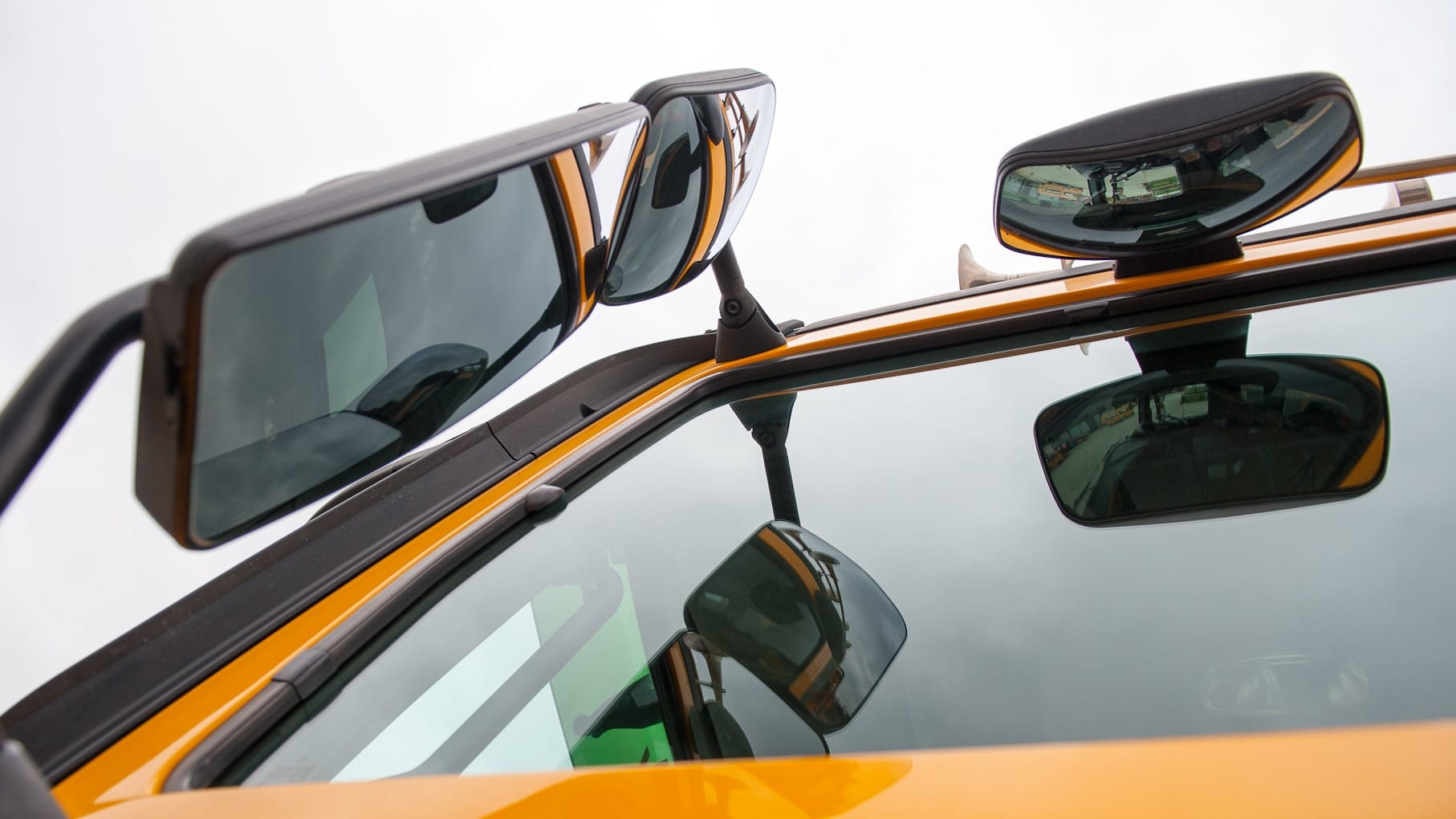HGV mirrors toolbox talk

Approximately 90% of the information drivers use is visual and eyes are one of the most important road safety features. However, there are different areas of blindspot around HGVs and a complete mirror system enables indirect vision to these areas.
It’s critical that drivers know the different mirror class types, their legal field of vision and the correct way to adjust and set them.
There are four mirror types that are compulsory on an HGV, unless the vehicle has a low height, as close proximity mirrors must be mounted at least 2m from the ground.
This month’s additional toolbox talk looks at HGV mirrors and reminds drivers of the importance of setting them correctly. It covers:
- The types of external mandatory mirrors that are relevant to a HGV
- The side and rear field of vision required from the class II and class IV mirrors
- The close proximity field of vision required from the class V and class VI mirrors
- How to adjust and set each mirror to ensure the legal field of vision is achieved
Whether driving in a busy urban environment, on a rural country road or a fast motorway, a view to the rear, sides and front of the vehicle is essential. HGV blindspots are an over-represented factor in fatal and serious injury collisions and correct mirror adjustment is critical in mitigating these incidents.
At a glance
- 90% of driving information is visual correct mirror use is essential for safety
- Covers all four mandatory HGV mirror types and their legal fields of vision
- How to adjust each mirror to minimise blindspots and meet legal requirements
Click on any of the categories to see our related news
Our live demo will guide you through:
- The most powerful and useful features of the software and app
- Our library of content and customisation
- Any specific questions or use cases you may have
